Positive long-term prospects for the Group
1.1%
Group Sales growth (like-for-like)
24%
Total Group sales which are service-related
34.1%
Underlying Autocentres EBIT growth
Since launching our new strategy, we have seen encouraging early progress. As we strengthen our unique services proposition, customers are responding positively, and we are particularly pleased that nearly a quarter of all Halfords sales are now service-related.
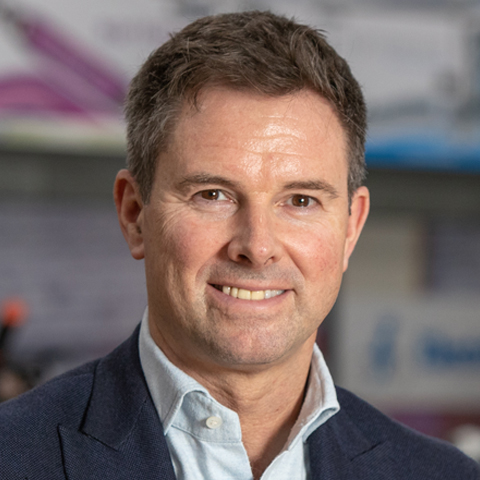
Graham Stapleton
Chief Executive Officer
Summary of Group Results
Group revenue of £1,138.6m was up 0.3%, with like-for-like ("LFL") sales growth of +1.1%, despite a challenging consumer environment.
Gross profit improved in the year, up 1.5%, with a 70bps improvement year-on-year in gross margin. The improvement reflected several factors including a positive FX tailwind, stock loss improvements and a continued focus on buying efficiencies. These were partially offset by softer motoring sales growth in the year.
Group operating costs increased by 4.3% in the year, with Retail costs up 5.0% and Autocentres costs up 1.7%. The year-on-year movement principally reflected inflationary increases and strategic investment for the future growth and sustainability of the business. These costs were partially offset by the reduction in incentive payments year-on-year. Costs within H2 were well controlled, with Retail costs at 2.0%, an improvement against the 3.0% guidance provided at the Interims.
Underlying Profit Before Tax of £58.8m was a decline of £12.8m on last year. The decline was driven by a lower motoring mix year-on-year due to mild winter temperatures, weakened consumer confidence in the run up to Christmas, retail cost inflation and investment in strategic projects. Underlying Basic Earnings Per Share at 24.5p were down -17.2% in the same period. Profit before Tax of £51.0m was -24.0% down year-on-year. Basic Earnings Per Share were 21.2p, down 23.7% year-on-year. Profit after tax for the year was £41.9m, down -23.4% year-on-year.
Cash generation remained strong, with Free Cash Flow of £42.7m, up £1.2m on last year. Despite unseasonal weather and "Brexit" related challenges, the Group reduced stock holding by £11.9m in the year through effective inventory management. Net debt of £81.8m at the end of the period was £6.0m lower than the prior year end. Net debt to Underlying EBITDA at the period end was 0.8:1 on a rolling 12-month basis (FY18: 0.8 times).
The Board has proposed a final ordinary dividend of 12.39 pence per share (FY18:12.03 pence) which would take the full-year ordinary dividend to 18.57 pence per share, an increase of 3.0% on the prior year. If approved, this will be paid on 30 August 2019 to shareholders on the register at the close of business on 26 July 2019.
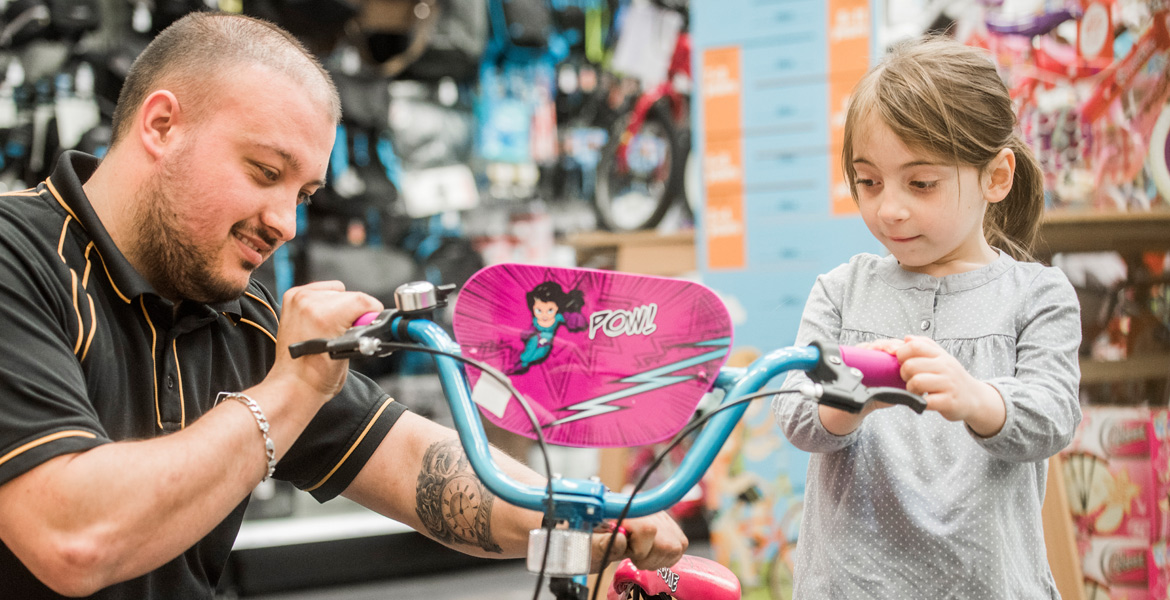
Operational Review
In Retail, sales were £977.2m, which were +0.8% up on an LFL basis. Cycling sales increased by +2.6% on a LFL basis, reflecting strong growth in our own brand and exclusive range of electric bikes and parts, accessories and clothing ("PACs"). Motoring LFL sales declined by -0.4% in the year, impacted by extremely mild winter temperatures. Bulbs, blades and batteries ("3Bs") and associated winter products were in LFL decline.
Despite tough comparators, Retail delivered positive LFL growth in Q4. Cycling performance, at +12.4% LFL, more than offset the decline in Motoring performance of -5.4% LFL. Temperatures on average were 70% milder in the quarter versus last year.
Sales of E-Bikes continued to perform well in the year, highlighting the strength of our own brand and exclusive brand propositions. E-Bikes now account for 11% of total bike sales across the group and have grown 47.2% on a LFL basis. We continue to inspire our customers by further strengthening our cycling specialist credentials via agreements with Brompton and Scott (exclusive to Cycle Republic) to sell their products across the Halfords Group, as well as an exclusive deal with G-tech.
Retail gross margin increased by 60 bps in the period. The improvement reflected several factors including a positive FX tailwind, stock loss improvements and a continued focus on buying efficiencies.
These benefits were partially offset by the negative motoring mix year-on-year and increased price investment in branded products, driven by market competitiveness.
Retail operating costs increased by 5.0% to £410.5m. Retail cost growth in H2 was well controlled at 2.0%, an improvement against the 3.0% guidance given in our Interim statement. The full-year cost increase primarily comprised the following: 1) inflationary impacts; and 2) strategic investment for the future growth and sustainability of the business. These costs were partially offset by a reduction in incentive payments year-on-year.
Total Autocentres revenues were up +2.6% on a LFL basis, reflecting strong growth in sales of servicing, tyres and MOT. The strong progress of the Autocentres transformation plan continued into H2, delivering tangible benefits. EBIT increased significantly by 34.1% to £5.5m in the year. A clear focus on the operating model, along with good revenue growth and tight cost control, led Autocentres to a second year of profit growth.
During the period we opened three Cycle Republic stores, a Boardman "Wind Tunnel" Performance Centre, two Autocentres and rolled out two more mobile vans, extending our Halfords Mobile Expert trial to three cities. We closed six Halfords Retail stores, a Tredz concession store and one Autocentre.
Group service-related sales, which consist of the revenue generated from paid fitting and repair services plus the associated product attached to the transaction, continue to be in growth in the year. The number of service jobs completed increased by 4.0% in the period, with service-related sales now accounting for 24% of the overall Group sales.
In Retail, 42% of 3B's sold were fitted to customers' cars by our colleagues ("penetration"). Despite a decline in 3Bs product sales, due to an extremely mild winter, penetration was up 40 bps year-on-year. This continues to reflect the increasing relevance of our services proposition to the growing proportion of 'do-it-for-me' customers. The number of on-demand services available in retail stores increased to 80 in the year (vs 30 services in FY17), with the trial of on-demand services delivering promising results in Autocentres.
Sales through financial services, through a strengthened customer offer, grew 30% year-on-year with financial services now representing 5% of total group sales.
Group online sales were up +9.5% in the period, with 20% of our total Group sales now being delivered through our online platform. The importance of our store network and service overlay continues to be highlighted by the strength of our Click & Collect proposition, with around 83% of online orders made through Halfords.com being collected in store.
The continued investment in understanding our customer means the Group can now match 75% of its total customer transactions. The number of customers shopping across the Group has increased by 7.2% year-on-year, accelerated by the "Free MOT" promotion earlier in the year.
Investment in our colleagues has remained paramount during the year, from capability building within the executive team through to investment in our store colleagues to ensure they have the right training to support our customers. Halfords came 15th in the Sunday Times Best Big Companies To Work For survey.
In response to the increasing relevance of electric and hybrid motoring technology, over 500 Autocentre technicians have been accredited to the Institute of Motor Industry ("IMI") Level 2. Autocentres were also awarded the Garage Chain of the Year award by CAT (Car and Accessory Trader) in March 2019.
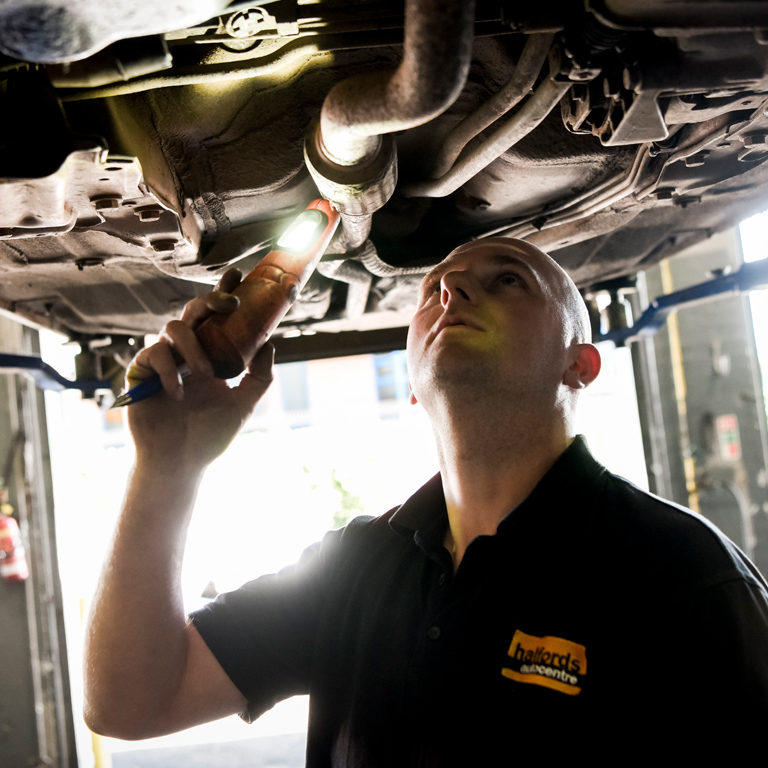
Brexit
There remains a considerable amount of uncertainty as to how and even whether, the UK will exit from the EU. This uncertainty continues to have an impact on the Halfords Group, in the areas highlighted below:
- impact on exchange rates. The Group buys a significant proportion of its goods in US dollars; between $200m and $300m a year. As previously guided, the majority of our US dollar sourcing is for cycling products. However, over the last 18 months the group has focused on looking at near sourcing opportunities, moves in appropriate products areas have already been made, including bikes.
- prolonged uncertainty over exit terms and continued weakness in Sterling could lead to a slowdown in the UK economy and, consequently, a further weakening of consumer confidence, impacting trading conditions for the Group. Working groups have been held throughout the year to identify, assess and implement mitigations for the risks of a hard Brexit. However, Halfords has strong positions in fragmented motoring and cycling markets, and a service-led offer that differentiates us from our competitors, both physical and online.
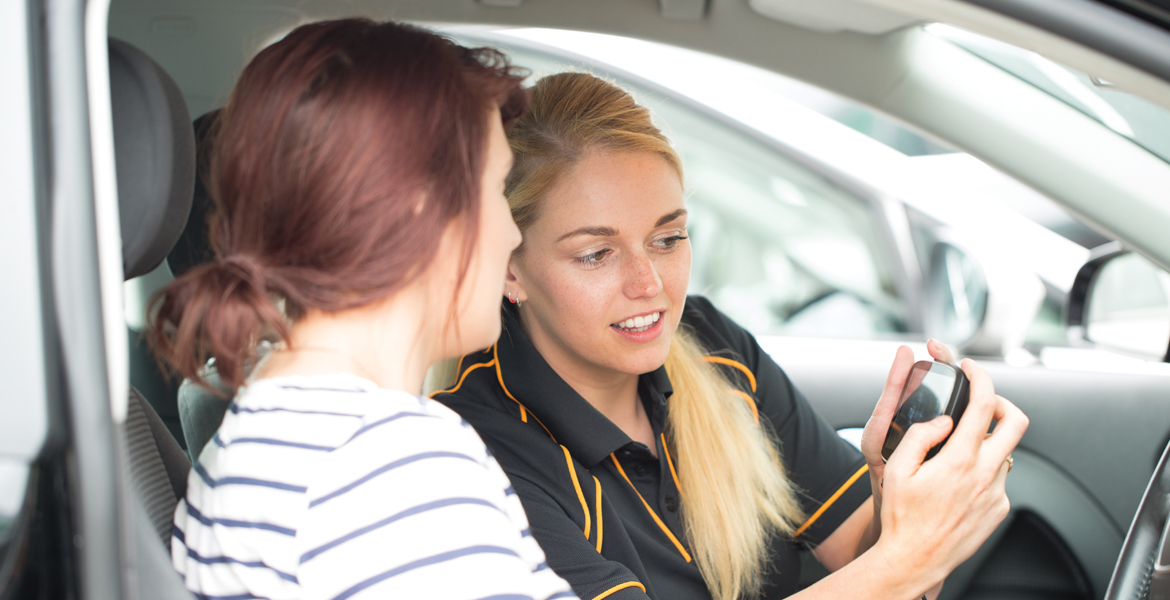
Summary and FY20 Outlook
In summary, despite a challenging UK consumer environment, the group delivered like-for-like sales growth in both Retail and Autocentres and continues to make positive progress against the new strategy.
Autocentres delivered a second year of profit growth, with continued focus on the operating model, as well as good revenue growth and tight cost control.
Group operating costs were well controlled in the second half of the year and the continued focus on working capital efficiencies drove a £11.9m reduction in Group stock year-on-year. The Group continued to be cash generative with Free Cash Flow of £42.7m up £1.2m year-on-year, which supports the final dividend payment of 12.39p in the year (FY dividend payment:18.57p; +3% year-on-year).
The Group reconfirms its guidance on FY20 Profit Before Tax to be broadly in line with FY19. Our view assumes average weather conditions across the year and a consumer and economic outlook broadly similar to that experienced during the second half of FY19. We remain confident in our ability to generate consistent levels of Free Cash Flow which, for FY20, will be underpinned primarily by working capital efficiencies.
Specifically, whilst we remain confident in the long-term growth prospects for the cycling market, we expect short-term underlying economic conditions to continue to be challenging. Even though Q2 and Q4 this year saw a strong performance driven by the weather, cycling continues to be a discretionary, big ticket category and is not immune to consumer uncertainty.
Unsurprisingly, bike volumes overall have been subdued across the market in FY19. While motoring tends to be a more resilient category, key product areas are impacted by weather extremes. A more normalised weather pattern should see a strengthening of winter category sales but, for big ticket, discretionary items, sales remain vulnerable to consumer confidence.
Given the economic backdrop, we expect underlying sales growth to be muted in FY20. Although it is still early in the delivery of our strategic transformation, we believe that progress in visible customer initiatives, such as a strengthened financial services offering, will deliver a modest boost to sales. Underlying operating cost growth in FY20 will reflect inflation, employment costs in relation to changes in case law and an increase in incentive costs year-on-year. Any increase in costs driven by strategic investment in FY20 will be self-funded through rigorous cost efficiency plans, such as goods not for resale ("GNFR") and goods for resale ("GFR") programmes. Despite the factors driving the underlying cost increase, we expect cost growth overall in FY20 to be lower than FY19.
As already noted, the current economic environment and consumer confidence continues to remain challenging, as a business we are having to respond accordingly by continuing to put greater emphasis on improving our cost base and maximising efficiencies across the Group. The emphasis on cost and efficiency will continue to be a key priority for FY20, and within the current economic environment is key to underpinning profit growth in FY21.
We continue to believe our customer strategy to be the right direction for the long-term sustainability of our business, the delivery is likely to take longer than we expected as we adapt the plan to the current environment. Capital investment is likely to be c.£35m, which is slightly below the £40m to £60m guidance for FY20, revenue investment will be self-funded via rigorous cost-efficiency programmes.
The Board is confident that the customer strategy remains right for the long-term sustainability of the business and that near-term performance is robust and underpinned by cost savings and working capital opportunities.
Graham Stapleton
Chief Executive Officer
21 May 2019
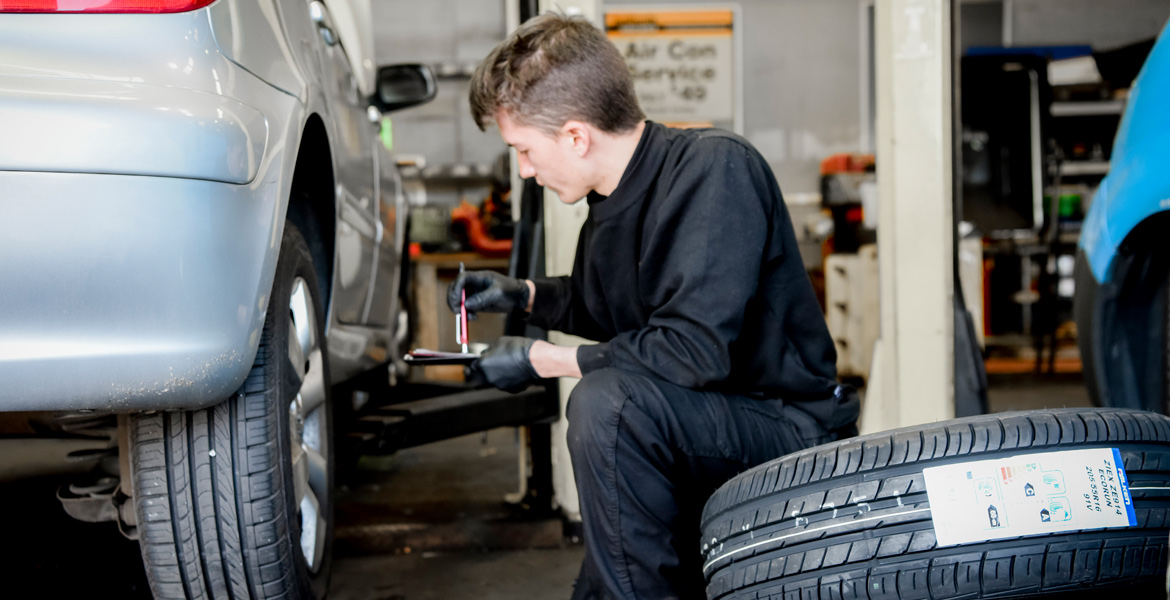
Our Annual Report and Accounts includes Alternative Performance Measures (APMs) which we believe provide readers with important additional information on the Group. A glossary of terms and reconciliation to IFRS amounts is included in the Glossary of Alternative Performance Measures.